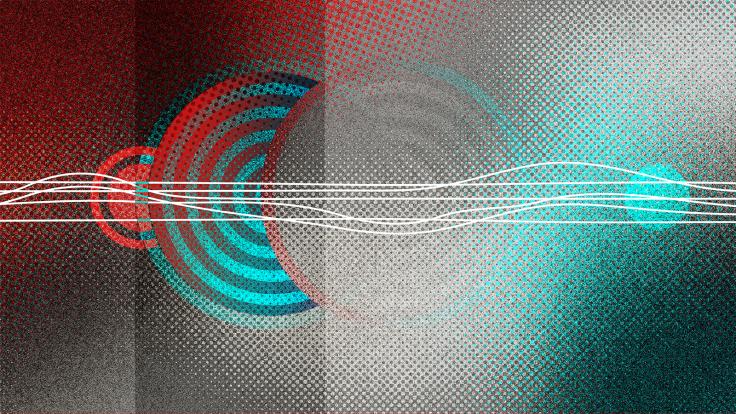Explain it in 60 seconds
Cherenkov light appears when a charged particle travels through matter faster than light can. This effect is the optical equivalent of a sonic boom, which occurs, for example, when a jet travels faster than the speed of sound.
But how can a particle go faster than light without violating the laws of physics? The speed of light in a vacuum is the ultimate speed limit: 300,000,000 meters per second. It's thought that nothing can travel faster.
However, light slows down when it goes through water, glass and other transparent materials—in some cases by more than 25 percent. Hence a particle can slip through material faster than light does, while at the same time staying below the speed of light in a vacuum.
When this happens, a particle emits bluish Cherenkov light, which spreads out behind it in a hollow cone that is shaped like the cone of a sonic boom. This light gives the water surrounding a nuclear reactor core its distinctive blue glow.
Scientists build telescopes to gather Cherenkov light emitted by cosmic-ray and gamma-ray showers in the Earth's atmosphere. Neutrino physicists embed hundreds of light-sensitive detectors in large volumes of water and ice to record Cherenkov light from muons and electrons, which emerge when neutrinos crash into atoms. The Cherenkov light recorded with such devices helps scientists identify particles and determine their energies.













